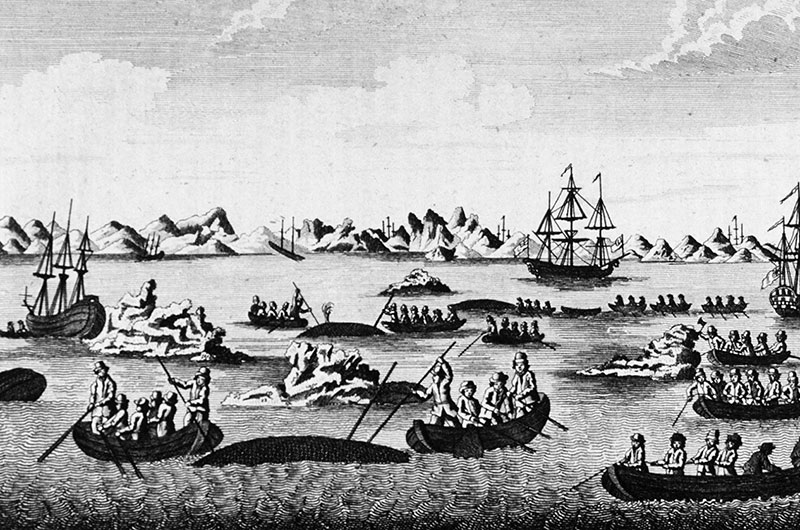~ by Amy Jenness, author of On This Day In Nantucket History ~
The sun will be an economically viable source of electricity within a decade, and solar panels have the potential to surpass fossil fuel, wind, and nuclear power production by 2050. That is the opinion of the International Energy Agency, a 42- year-old organization that represents 29 countries and has a mission to make reliable, affordable and clean energy a reality.
Industry leaders and analysts agree that world oil production will peak between 2010 and 2030, and quite possibly by 2020. At the moment oil prices are lower than they have been in decades, half of all American oil workers are out of a job, and investors are shy about funding petroleum and natural gas projects. Those current economic conditions have more to do with global politics and investor decisions than supply. But there is no dispute that industries dependent on fossil fuels will radically change, perhaps even disappear, within our lifetime. America has been here before with another non-renewable source of light— whale oil.
Nantucket whalers, considered the best in the world at the peak of whaling, became expert at providing the world with sperm whale oil, the hottest commodity at that time. Found only in the head of a sperm whale, one animal can contain up to three tons of the thick oil called spermaceti. On Nantucket, what began as a beach-based whaling endeavor evolved into a global shipping empire once island men killed their first sperm whale in 1712. Within three years Nantucket had six ships at sea, and by 1730 it had 25. At the height of whaling in 1846, there were 736 American ships hunting whales all over the world.
The discovery that spermaceti oil burned brighter and cleaner than all other oils quickly made it the best choice for city street lights, lighthouses, and homes. And, when the Industrial Revolution mechanized the world, engineers used spermaceti and its derivatives as a lubricant in automatic transmission fluid and in the workings of locomotives, airplanes, sewing machines, textile mill machinery, watches, and firearms. The soap and cosmetics industries also used it.
Like petroleum, the huge demand for whale-based commodities shaped American and European economies and politics and made Nantucket a wealthy capital of whaling. The more governments and industry depended on whale oil, the more they looked to island captains and businessmen to help them.
But hunting and processing whales from the tiny island of Nantucket had never been easy. Nantucketers were expert mariners and savvy businessmen, but lacked a home base with the resources to build and outfit whaleships. Their vessels were constantly under attack by privateers during wartime. And England, a huge market, imposed a punitive tax on whale products after the American Revolution. Nantucketers remained nimble, shifting whaling operations to Canada, France, and England. They created popular, lucrative new products like the spermaceti candle. They innovated at-sea processing methods that allowed them to sail the world hunting whales.
In addition, they had to adapt to a declining whale population in nearby waters. Late in the 18th century, whaleship captains figured out how to make the treacherous journey around the tip of South America into the Pacific Ocean, which opened up a whole new era. Now gone three to four years searching for sperm whales, Nantucket ships became floating stockyards as the crew hunted and dismantled giant whales and then processed their body parts onboard their ships. When whale populations diminished in the Pacific, whalers headed north to the Arctic Sea.
Despite these maneuvers, Nantucket lost ground as the whaling capital by the mid-1840s due to a constellation of changes.
All whaling peaked between 1846 and 1852. A devastating 1846 fire that leveled the town and the wharves, as well as a shifting and growing sandbar across the entrance to Nantucket harbor, were dilemmas specific to the island. But other factors included the discovery of gold in California, which lured away young men who might have gone to sea. New land-based jobs in factories were safer and paid better. New processes in kerosene distillation in the 1850s made it a cheaper light source. In the 1860s the civil war further depleted New England whaler resources. By 1870 Nantucket’s last whaling voyage was done and the island was in a deep economic depression.
America’s whaling center had shifted to New Bedford, and by 1850 that city also experienced the levels of wealth and prosperity first seen on Nantucket. But it would not last. The demand for kerosene light replaced whale oil, and by the 1870s and 1880s innovations in electric lighting made kerosene unpopular. New Bedford’s last whaling voyage left in 1927.
American whaling continued, but the demand for whale oil as a lighting source fell so drastically that it was barely economically feasible. By the 1970s, whaling had so depleted populations worldwide that environmentalists feared several species of whales would go extinct. In 1973, Congress amended the Endangered Species Act to outlaw the killing of whales and their uses. Although Americans are banned from hunting whales, other countries still do. In 1986, the International Whaling Commission banned commercial whaling worldwide, although certain countries are permitted to take an amount regulated by the IWC.
Prior to 1973, more than 30 million pounds of sperm whale oil was used annually in America in lubricants. The ban affected the car industry deeply. Car transmission failures rose from under one million in 1972 to over eight million by 1975. Since then, chemists have figured out that oil extracted from the jojoba plant, a desert shrub native to the American southwest and Mexico, has the same versatile molecular properties as spermaceti oil.
Today, jojoba oil is now used in the same ways that spermaceti oil used to be: in transmission fluid, engine oil, on firearms, and in cosmetics. The American jojoba industry has also worked hard to get European cosmetic manufacturers still using spermaceti to replace it. Some have agreed as recently as 2012 to use jojoba. In addition, jojoba is often found in shampoo, soap, lotion, and is used as a fungicide. Scientists are even researching jojoba to see if it could fuel cars and other engines. They have proven that it works as a fuel source, but would need to figure out how to produce it in vast quantities.
So, when economists and politicians consider the dilemma of the diminishing supply of fossil fuel, perhaps they will find solutions in the renewable, plant-version of that miraculous spermaceti — jojoba oil.



